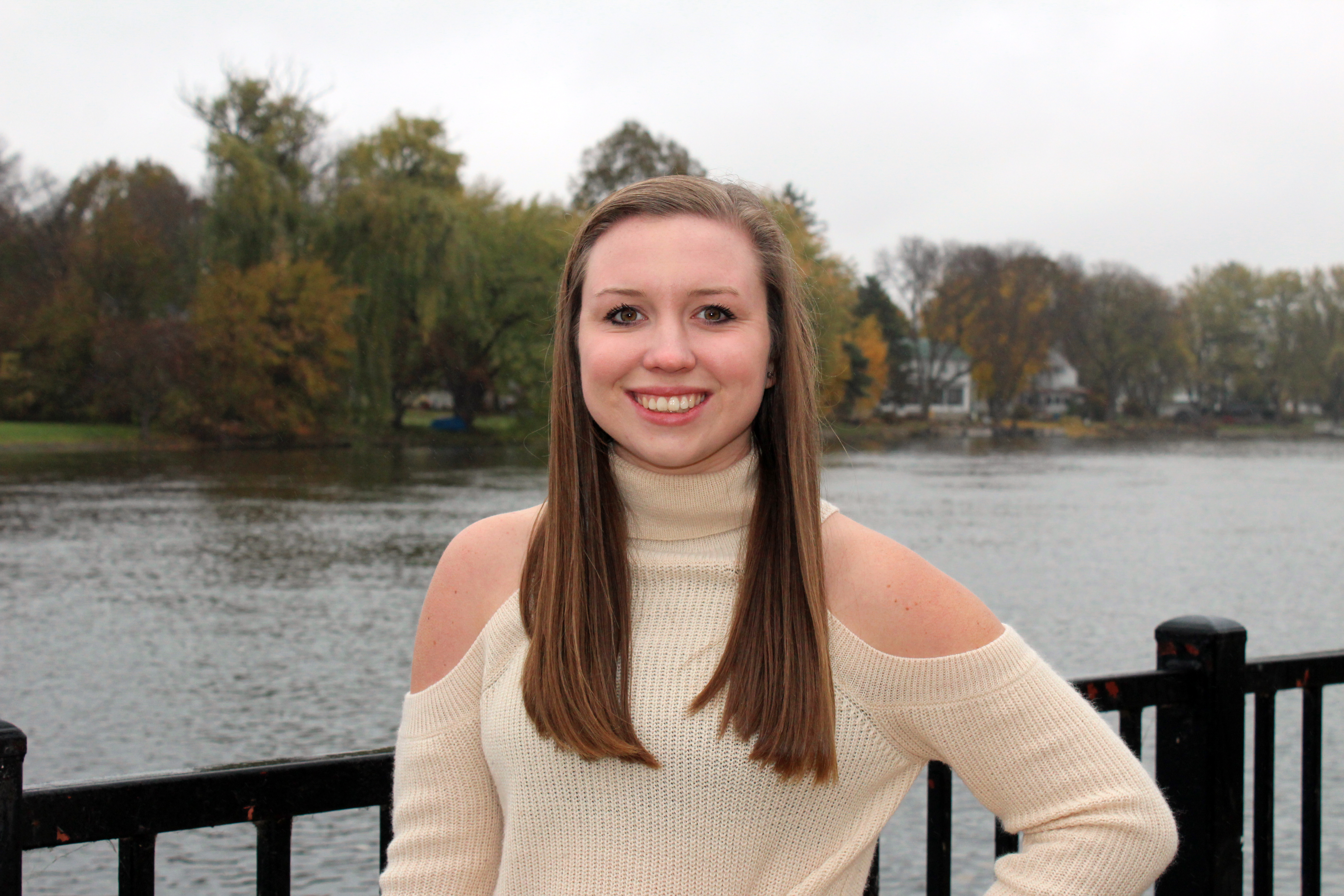Celebration of Scholars
Exploring Ways to Quantify Heterogeneity of Appearance in Categories
 Name:
Kory Scherer
Name:
Kory Scherer
Major: Psychology and Sociology
Hometown: Fort Atkinson, WI
Faculty Sponsor:
Other Sponsors:
Type of research: Independent research
Abstract
When engaging in
categorical search after receiving a word cue, searchers rely on mental
representations to help guide their attention. Due to this, categories that are
homogeneous in appearance (e.g. banana) are located more efficiently than heterogeneous
ones (e.g. shoe), as more inclusive representations are created for less
variable categories. Given that search has been utilized to quantify category variability
(Nako et al., 2015), we investigated if category verification can be used as an
alternative method by relating response times to those of a visual search task
(Hout et al., 2017). In standard category verification tasks, participants are
presented with a picture of an item and indicate if it belongs to a specific category
(Shoben & Smith, 1973). In Experiment 1, 20 participants viewed a picture
of an item and searched for it among 19 categorical-matched non-targets (e.g. a
specific clock among other clocks). In Experiment 2, 60 participants completed
a category verification task with the 20 categories used in Experiment 1 (Konkle et al., 2010). A Pearson
correlation revealed a negative relationship between response times in
Experiment 1 and 2. If it took longer to locate a homogeneous item (e.g. a mug)
in Experiment 1, it was more quickly identified as belonging to a category in
Experiment 2. Our results suggest that category verification is an appropriate
and objective measure to quantify categorical variability.
Submit date: March 24, 2019, 12:53 p.m.
